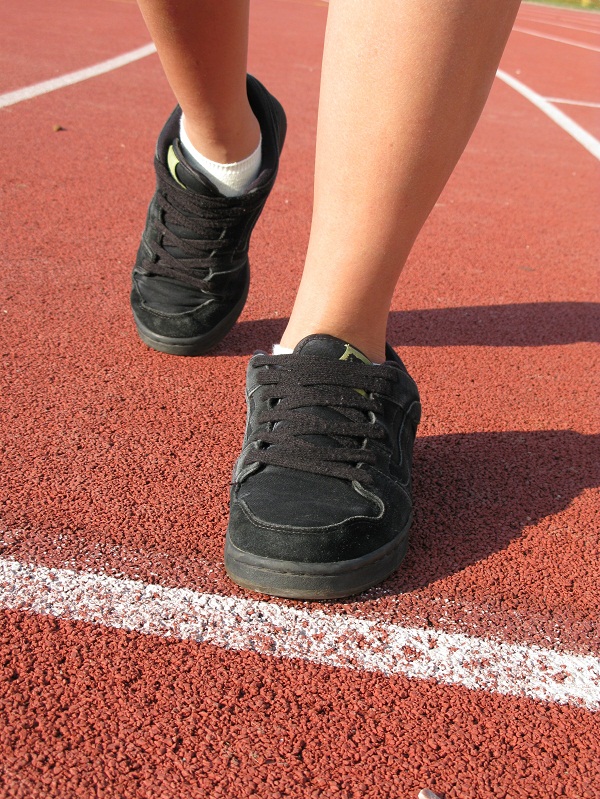Instruction
1
The first signs of fungal infection appear on the skin of the feet, often in the interdigital folds, manifested by redness (hyperemia), itching, burning, formation in the folds of ulcers and cracks. A fungal infection without treatment safely moved first to the nails of the feet and then hands. Nail plates appear foci of infection, changing their color, they turn yellow, thicken, they are a bundle. Nails covered with various seals and growths.
2
With the appearance of hyperemia, itching, changes in fingernails you will need to consult a dermatologist or a doctor-mycologist. Only a specialist can inspect the skin and nails, to assess any changes and optionally to carry out the necessary diagnostic scrapings of tissue for research on a fungus.
3
In the treatment of a fungal infection apply highly effective drugs, both local and General action. Treatment of the fungus is a rather lengthy process and is usually from 6 months to one year. The fungus from the skin with a regular application of the ointment disappears after a month, but on the nails it can stay for almost a year. A prerequisite for full recovery is good hygiene of the feet. All personal hygiene items must be individual to all members of the family.
4
To protect skin and nails from the spread of the fungus, you can do foot baths with Apple cider vinegar in a small amount. You need to treat affected areas on the skin and nails with tincture of propolis or tea tree oil.
5
In the local treatment of fungal infections of nails are used in different antifungals (antifungal drugs) in the form of a solution, ointment or cream. Apply the following remedies: nizoral, Esterel, kenison, mikospor. Ointment is superimposed on the affected skin and nails and is left for 24 hours under a waterproof band-aid. In the treatment of nail fungus is widely used lucky: 5% loceryl, 8% batrafen and other. With ineffective local treatment of the dermatologist appoints the General steps antifungals (diflucan, Orungal, nizoral).
Useful advice
After recovering from fungal skin or nail disinfect all the shoes, so as not to get infected again, since spores of the fungus persist long in the environment.

